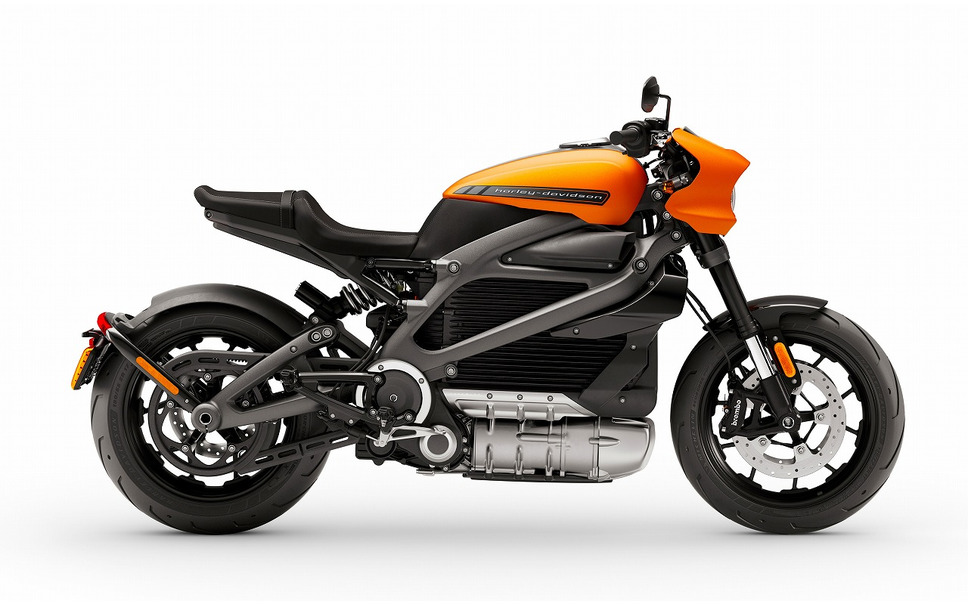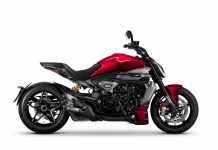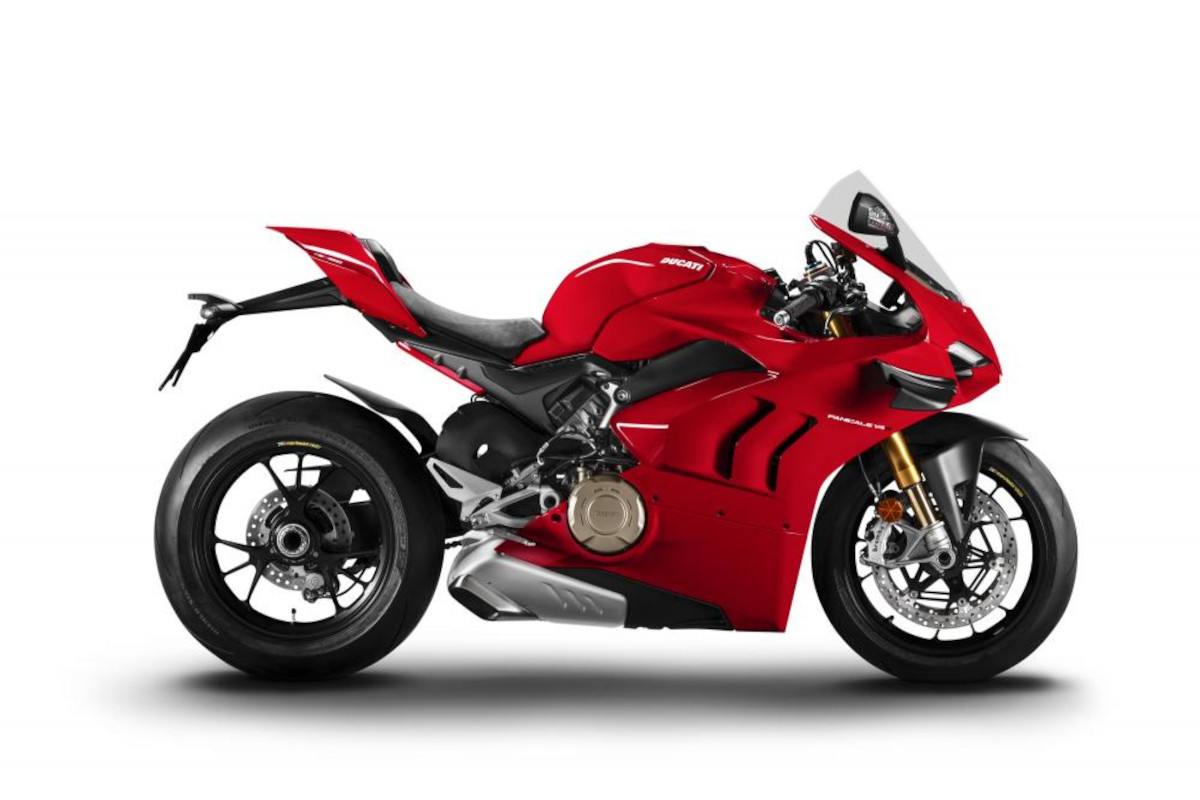Gear up, market adventurers! Something truly electrifying and utterly perplexing has been zipping through the world of LiveWire Group Inc. (LVWR) stock. While this electric motorcycle pioneer, largely fueled by the legendary Harley-Davidson, navigated some seriously bumpy roads since its public debut, a recent, jaw-dropping surge in its stock price left even seasoned analysts scratching their heads. Was it a bolt of genius or just a flicker of market madness? Let’s peel back the layers of this high-voltage mystery.
The Rocky Road: LiveWire’s Initial Trajectory
LiveWire, a daring venture into the electric vehicle space, began its independent journey with high hopes, yet its financial performance often felt more like a low-wattage affair. Quarter after quarter, the company grappled with significant losses. For instance, Q1 2025 results revealed a consolidated revenue dip to $2.74 million, a 23% decline from the previous year. Electric motorcycle sales plummeted a staggering 72% to a mere 33 units.
While LiveWire did manage to narrow its operating losses, reducing them by $9.7 million year-over-year to $20.7 million through aggressive cost-cutting measures and strategic relocations, the revenue figures painted a stark picture of a brand still finding its footing in a fiercely competitive landscape.
The company’s guidance generally prepared investors for initial losses, acknowledging the dual challenge of being a new entity (albeit with deep Harley-Davidson roots) and operating in cutting-edge electric vehicle technology. Brave new worlds take time to conquer, as the saying goes. The market, however, appeared to price in a rather grim outlook, with LVWR stock hitting a dismal low of $1.01 per share on Friday, May 23, 2025.

The Sudden Spark: A Market Anomaly?
Then, like a lightning strike on a clear day, the unthinkable happened. By Tuesday, June 10, 2025, a mere few weeks later, LVWR stock soared to an astonishing $7.48 per share—its highest value in months! This phenomenal leap, a multi-bagger return in such a short span, defied typical market logic, especially when LiveWire’s own Investor Relations page reported no major news between its Q1 results (May 1, 2025) and this sudden surge.
Key Stock Movements (May-June 2025):
- May 23, 2025: LVWR stock hits a low of $1.01 per share.
- June 10, 2025: LVWR stock reaches a high of $7.48 per share.
Comparing this to a behemoth like Harley-Davidson (HOG), where such a percentage swing would be seismic, LiveWire’s jump, while perhaps small in absolute dollar terms, represents an immense internal surge in value. The question reverberating through the market remains: what on earth ignited this explosive rally?
The Plot Thickens: Executive Exits and Share Disposals
A deep dive into the United States Securities and Exchange Commission’s (SEC) EDGAR system reveals a fascinating series of events that align precisely with this curious stock surge. Between June 6 and June 16, 2025, no fewer than 11 filings popped up.
First, two Form 8-Ks announced significant leadership changes. On June 6, LiveWire Group CFO Tralisa Maraj announced her resignation, effective July 11. Then, on June 12, Board of Directors member John Garcia also resigned immediately. The official word stated Garcia’s departure was not due to any company disagreements, yet the plot thickened. The Milwaukee Business Journal highlighted that Garcia was the “lead independent director,” a rare non-Harley-Davidson executive on the board. Furthermore, AEA-Bridges Impact Corporation, the very SPAC that helped spin LiveWire off initially (and which Garcia led), offloaded a colossal 7.95 million shares. Coincidence, or a sign of shifting tides?
The remaining nine filings were all SEC Form 4s, detailing “Statement of Changes in Beneficial Ownership”—a formal way of reporting insider stock transactions. And here’s where it gets truly intriguing:
- On June 10, 2025, Jon Bekefy (Head of Global Sales and Marketing) disposed of 8,088 shares.
- Also on June 10, William L. Cornog (Board of Directors) sold a total of 40,000 shares across two transactions.
- On the same day, Ryan Ragland (Head of Product Development and Design) offloaded 6,891 shares across three transactions.
- On June 11 and June 12, Karim Donnez (CEO) disposed of 35,699 shares and 43,475 shares respectively.
- On June 11 and June 12, John L. Garcia (Board of Directors and recent resignee) divested 49,998 shares and 56,559 shares.
- On June 11, Tralisa Maraj (CFO) sold 25,000 shares.
- On June 12, Kjell Gruner (Board of Directors) disposed of 18,969 shares.
- On June 16, Karim Donnez (CEO) sold a further 54,661 shares.
While these executives and board members retain significant holdings, the timing of these substantial sales, coinciding with the stock’s remarkable ascent, certainly raises eyebrows. A logical observer would infer a strong correlation.
Marketing & Market Perception: Riding the Electric Wave
LiveWire’s marketing efforts have largely centered on showcasing its innovative electric technology and its undeniable connection to the iconic Harley-Davidson legacy. The brand strives to attract a new generation of riders while honoring the rich heritage of motorcycling. However, navigating a challenging macroeconomic environment and fierce competition in the EV space demands extraordinary marketing acumen.
Competitors and Market Analysis:
The electric motorcycle market, while nascent, grows with increasing momentum. LiveWire faces formidable competition from both established motorcycle manufacturers venturing into electric (like Zero Motorcycles and Energica Motor Company) and agile EV startups. LiveWire’s distinct advantage lies in its Harley-Davidson parentage, offering a robust distribution network and unparalleled brand recognition. Yet, its Q1 2025 sales volume of just 33 units underscores the uphill battle for significant market share. Customer feedback, while not universally available for 2025 models, generally praises the performance and technology, but also often points to the premium pricing as a barrier for wider adoption.
The company’s strategy involves a delicate balancing act: maintaining its premium positioning while striving for volume. Its recent expansion into new European markets such as Poland, Portugal, Finland, and Belgium illustrates this ambition to tap into growing EV demand. Nevertheless, the broader powersports industry feels the pinch of global economic uncertainties, trade tariff threats, and recession fears, making widespread adoption of higher-priced electric vehicles a slow burn.
Likes and Dislikes: The Rider’s Anthem (Anticipated)
Anticipated insights from the rider community offer a glimpse into LiveWire’s appeal:
What Riders Enthusiastically Embrace (Potential Likes):
- Electrifying Performance: Instant torque and exhilarating acceleration deliver a truly unique riding experience.
- Harley-Davidson Pedigree: The brand association brings an undeniable aura of quality and heritage.
- Eco-Conscious Riding: Zero emissions appeal directly to environmentally mindful consumers.
- Sleek, Modern Aesthetics: Innovative design turns heads and signals a forward-thinking brand.
What Riders Might Pause Over (Potential Dislikes):
- Premium Price Tag: The cost can represent a significant hurdle for many potential buyers.
- Range Anxiety & Charging Infrastructure: Concerns about battery life and availability of charging stations persist for electric vehicles.
- Limited Model Variety: A smaller product line compared to established gasoline motorcycle brands.
- Vehicle Weight: Electric motorcycles can sometimes weigh more than their gasoline-powered counterparts, impacting handling for some riders.
- “Newness” Factor: Traditionalists might hesitate to fully embrace the electric revolution.
What Do the Tea Leaves Tell You?
So, what conclusion should we draw from LiveWire’s recent stock roller coaster? The dramatic stock surge, unaccompanied by official company news, followed by a flurry of insider selling, creates a captivating narrative. While executives and board members retaining significant shares post-sale could signal a long-term belief in the company, the timing of these substantial disposals at the stock’s peak is, at the very least, remarkably interesting.
As Investopedia sagely observes, insider buying generally indicates confidence, while selling often signals the opposite. The complex interplay of market sentiment, perhaps a short squeeze (as hinted by some market analysts around the time of the spike), and internal corporate activities appears to be at play.
LiveWire’s journey truly exemplifies the challenges and volatility inherent in pioneering new technologies within an evolving market. The electric motorcycle segment, while promising, faces formidable hurdles like high development costs, infrastructure limitations, and the pace of consumer adoption. Harley-Davidson’s continued involvement, including outsourcing many business functions back to the parent company, underscores their deep commitment while simultaneously highlighting LiveWire’s reliance on its roots.
For those observing LiveWire, the past few weeks offered a masterclass in market intrigue. Whether this recent stock surge represented a genuine shift in investor confidence or a temporary, speculative bubble fueled by unusual insider activity, remains the million-dollar question. One certainty prevails: the ride with LiveWire is rarely dull, promising plenty more twists and turns down the road.
Sources:
- LiveWire Investor Relations: https://investor.livewire.com/overview/default.aspx (for official Q1 2025 financial results and news releases)
- United States Securities and Exchange Commission (SEC) EDGAR System: https://www.sec.gov/edgar/searchedgar/companysearch (Search for “LiveWire Group Inc.” or ticker “LVWR” for 8-K and Form 4 filings)
- Milwaukee Business Journal: (Specific articles on John Garcia’s resignation and AEA-Bridges Impact Corp share sales can be found via a search on their website, for example, a search for “LiveWire John Garcia resignation” will yield relevant articles like those on MarketBeat or Investing.com which cite the Milwaukee Business Journal.)
- Investopedia: https://www.investopedia.com/terms/i/insidertrading.asp (for general financial definitions and principles, such as interpretations of insider trading)
- StockAnalysis.com: https://stockanalysis.com/stocks/lvwr/revenue/ (for LiveWire Group revenue data)
- Ainvest.com: https://www.ainvest.com/news/ (Search for “LiveWire Group” for market analysis and perspectives)
- MarketBeat: https://www.marketbeat.com/stocks/NYSE/LVWR/ (for market insights, analyst ratings, and insider activity)




































